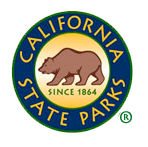Pending Nominations
Pursuant to Section 4855(a) of the California Code of Regulations California Register of Historical Resources (Title 14, Chapter 11.5), the following nominations are scheduled for the November 7, 2025 State Historical Resources Commission (SHRC) quarterly meeting, taking place at 10:00 AM at California Natural Resources Agency Headquarters Building, Auditorium, 715 P Street ,Sacramento, CA 95814. This meeting will also be held online via Zoom, and broadcast via Cal-Span. Dial-in access will also be available. Meeting notices and agendas will be posted ten days prior to the meeting date, and a Zoom link will be posted on approximately the same date to register for this meeting, on the SHRC Meeting Schedule and Notices page. Use the Zoom link to register only if you wish to provide testimony remotely at the meeting. If you plan to attend the meeting in person, you do not need to register.
Watch the meeting on CAL-SPAN if you wish to view the meeting but do not wish to provide public testimony.
Register via Zoom to remotely attend the November 7, 2025 SHRC Meeting only if you wish to provide public testimony remotely at the meeting. Do not register for the Zoom meeting if you plan on attending the meeting in person.
The SHRC invites comments on the nominations from the public either in writing or at the scheduled public meeting. Copies of nominations are posted as PDF documents below. Written comments can be sent to State Historical Resources Commission, P.O. Box 942896, Sacramento, CA 94296-0001, or via email to calshpo.shrc@parks.ca.gov. Please include nomination name and hearing date in the email's subject line.
The order of comments for nominations under consideration during the Discussion and Action portion on the agenda will proceed as follows: The Commission will first hear from the nominator or his/her/their designee. The nominator or his/her/their designee will have ten (10) minutes to speak. The Commission will then hear from the property owner(s) or his/her/their designee. Each property owner or his/her/their designee of an individually nominated property will have ten (10) minutes to speak. Each property owner or his/her/their designee whose property is within the boundaries of a nominated district will have five (5) minutes to speak. Individuals representing local, state, federal, and tribal governments, will each have five (5) minutes to speak. Any member of the general public will have three (3) minutes to speak. Those members of the public who require a translator will be allocated twice the time otherwise defined. Within this stated order of commenters, those in the room will be heard from first and then those participating via Zoom or telephone.
Those providing comments about nominations that are on Consent Calendar, or comments related to other matters not on the agenda, will each have three (3) minutes to speak.
Presentations regarding agenda items shall be submitted to OHP staff at least seven (7) days prior to the meeting, and shall not go beyond the allowable time frame for the applicable comment period. Presentations, along with any other public comment to be presented to the SHRC for the November 7, 2025 meeting, must be received by 9:00 AM on Friday, October 31, 2025. Submit comments to CalSHPO.shrc@parks.ca.gov.
PLEASE NOTE
Complete and official listing of nominated properties scheduled for hearing at the above mentioned SHRC Meeting can be found on the meeting agenda via the SHRC Meeting Schedule and Notices page. The nominations on this page may not reflect the most current properties listed on the agenda.
Properties can be removed from the agenda by the State Historic Preservation Officer or the State Historical Resources Commission. No properties can be added to the agenda.
National Register of Historic Places nominations are considered drafts until listed by the Keeper.
California Register of Historical Resources nominations are considered drafts until listed or formally determined eligible for listing by the State Historical Resources Commission.
Calfornia Historical Landmarks and Points of Historical Interest are considered drafts until approved for listing by the State Historical Resources Commission and the Director of California State Parks.
Properties nominated to the National Register of Historic Places
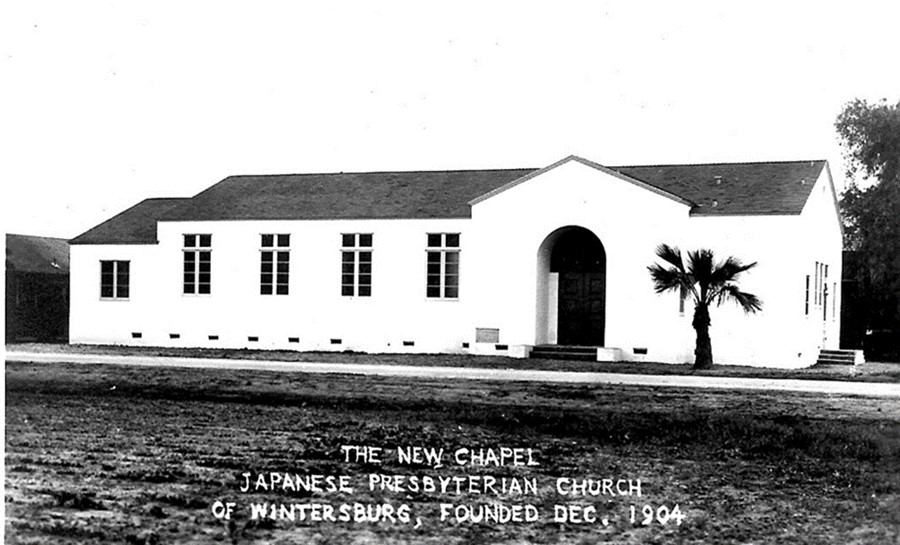 Wintersburg, a historic district on approximately four and a half acres in Huntington Beach, represents the surviving remnant of the former farming community of Wintersburg historically associated with Japanese settlement in the area in the early twentieth century and after World War II, and meets the registration requirements for Asian Americans and Pacific Islanders in California, 1850-1995, in the context of Migration and Community Formation. Contributing buildings include the Spanish Colonial Revival style Japanese Presbyterian Church of Wintersburg, constructed in 1934, and three buildings associated with the C.M. Furuta farm that previously occupied the property—the Craftsman style Furuta House #1 and adjacent Furuta Barn, both constructed in 1912, and the Minimal Traditional style Furuta House #2, constructed in 1947.
Wintersburg, a historic district on approximately four and a half acres in Huntington Beach, represents the surviving remnant of the former farming community of Wintersburg historically associated with Japanese settlement in the area in the early twentieth century and after World War II, and meets the registration requirements for Asian Americans and Pacific Islanders in California, 1850-1995, in the context of Migration and Community Formation. Contributing buildings include the Spanish Colonial Revival style Japanese Presbyterian Church of Wintersburg, constructed in 1934, and three buildings associated with the C.M. Furuta farm that previously occupied the property—the Craftsman style Furuta House #1 and adjacent Furuta Barn, both constructed in 1912, and the Minimal Traditional style Furuta House #2, constructed in 1947.
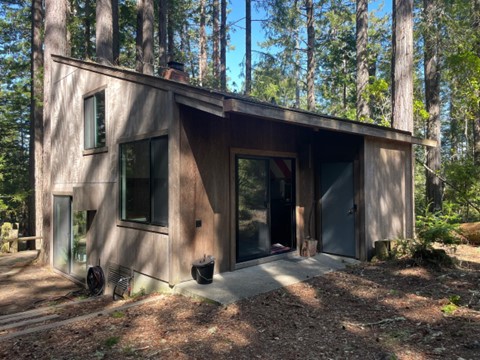 Mini-Mod 3, located in The Sea Ranch, a master-planned community on the coast of unincorporated Sonoma County, is a split three-level residence surrounded by redwood trees. Representing the local Third Bay Tradition of Modern architecture with its simple cubic form, unpainted wood exterior finishes, and complex interior volumetric plan, the property embodies the principles that informed the early phase of planning and design of residences and other facilities at The Sea Ranch during the mid- and late-1960s, realized at a relatively small and economical scale.
Mini-Mod 3, located in The Sea Ranch, a master-planned community on the coast of unincorporated Sonoma County, is a split three-level residence surrounded by redwood trees. Representing the local Third Bay Tradition of Modern architecture with its simple cubic form, unpainted wood exterior finishes, and complex interior volumetric plan, the property embodies the principles that informed the early phase of planning and design of residences and other facilities at The Sea Ranch during the mid- and late-1960s, realized at a relatively small and economical scale.
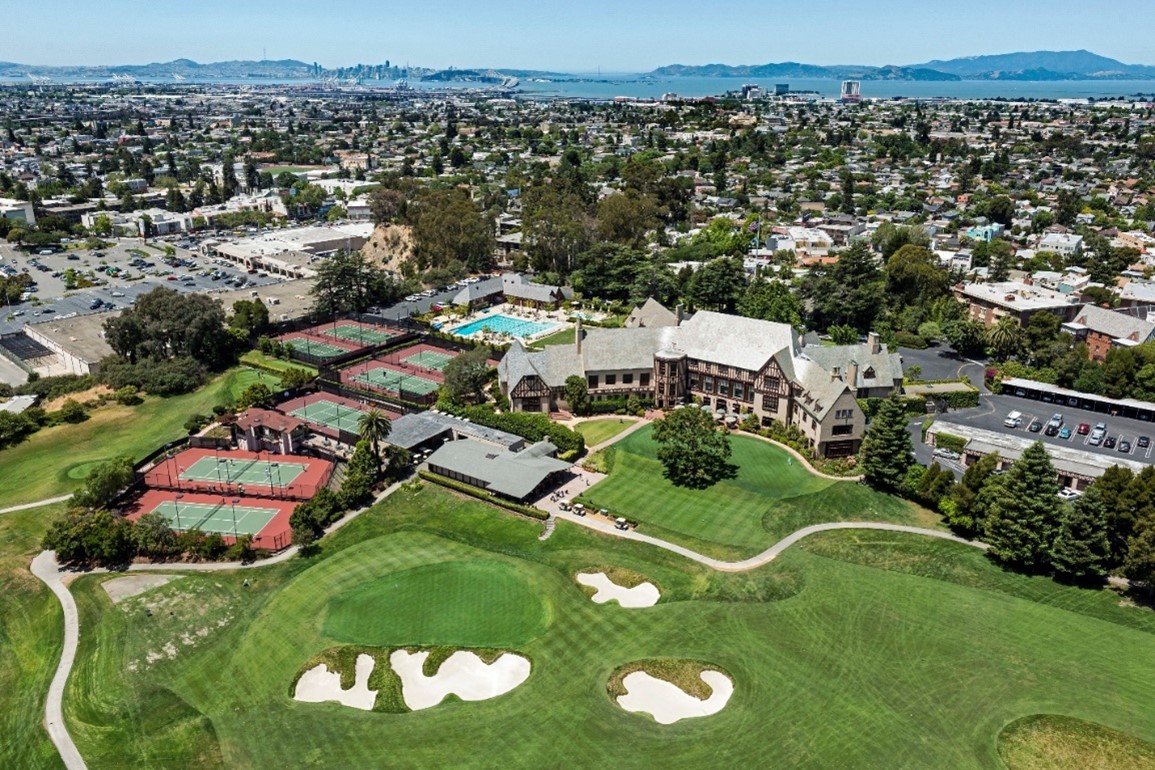 Claremont Country Club in Oakland occupies approximately 120 acres set amongst the largely residential rolling hills of the Rockridge neighborhood, historically known as Rock Ridge. After the first nine holes opened in 1904, with an additional nine holes constructed in 1909, the eighteen-hole course was redesigned in 1927 by Alister MacKenzie. The property is significant for its association with the early recreational history of golf on the West Coast as one of Oakland’s earliest and longest lasting recreational clubs, for the design of its golf course by famed golf course architect Alister MacKenzie, and for the design of its Tudor Revival buildings that are excellent local examples of the style.
Claremont Country Club in Oakland occupies approximately 120 acres set amongst the largely residential rolling hills of the Rockridge neighborhood, historically known as Rock Ridge. After the first nine holes opened in 1904, with an additional nine holes constructed in 1909, the eighteen-hole course was redesigned in 1927 by Alister MacKenzie. The property is significant for its association with the early recreational history of golf on the West Coast as one of Oakland’s earliest and longest lasting recreational clubs, for the design of its golf course by famed golf course architect Alister MacKenzie, and for the design of its Tudor Revival buildings that are excellent local examples of the style.
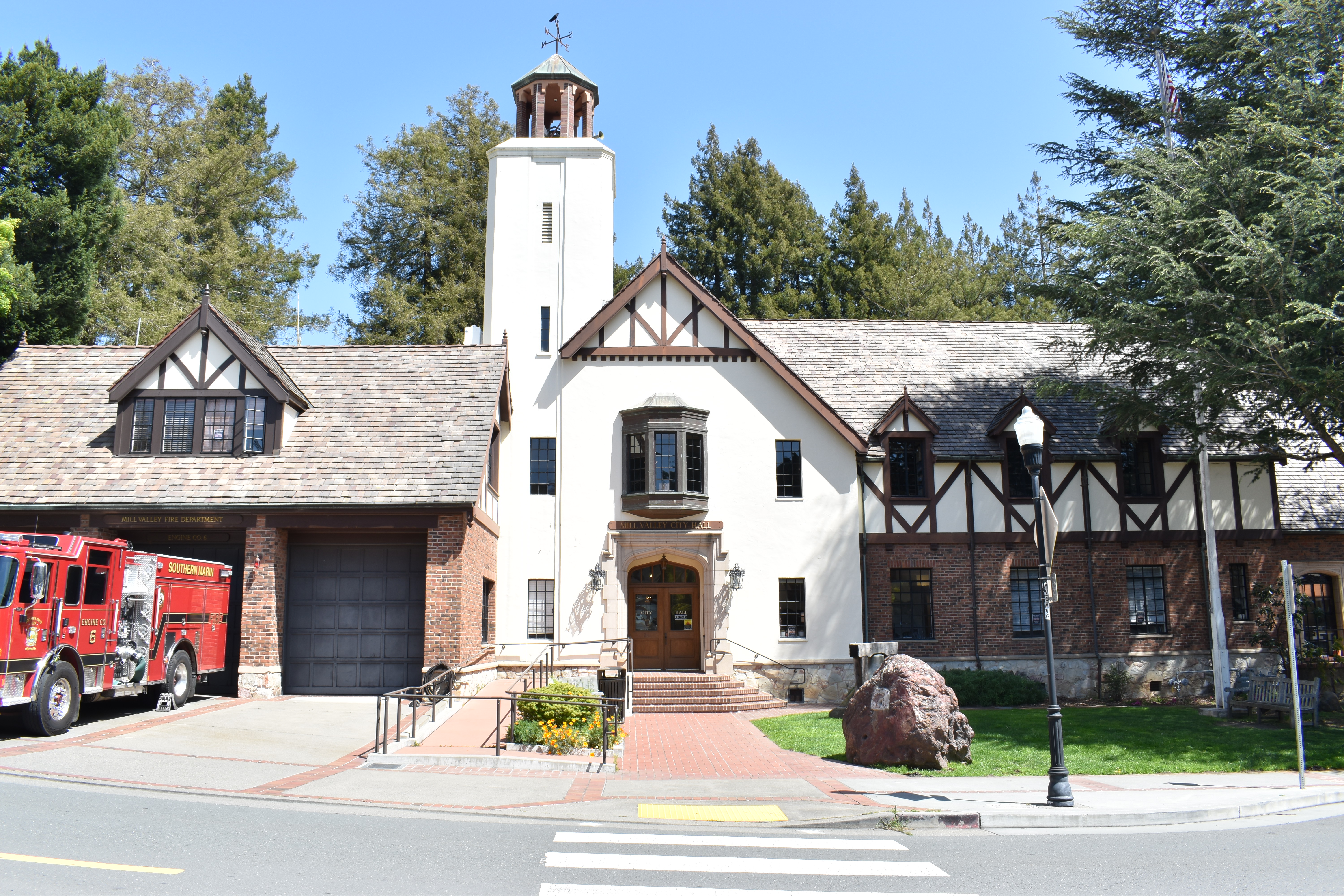
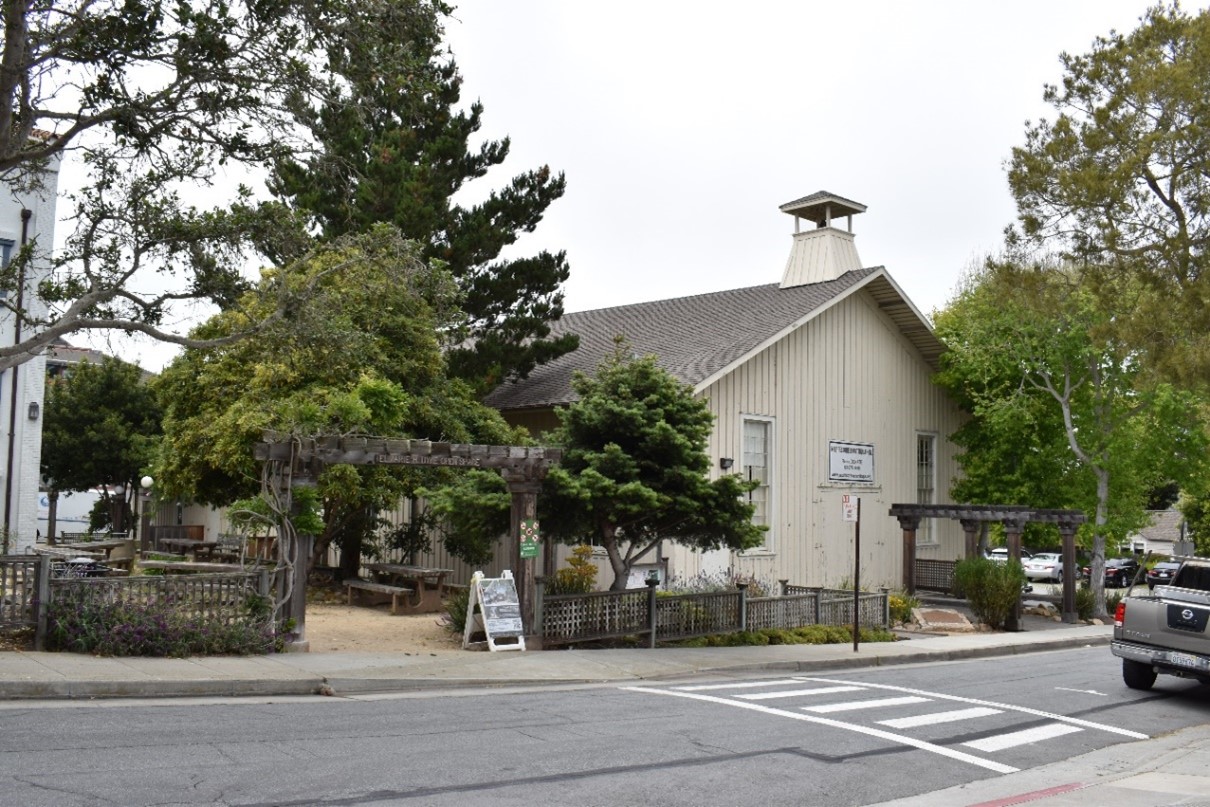
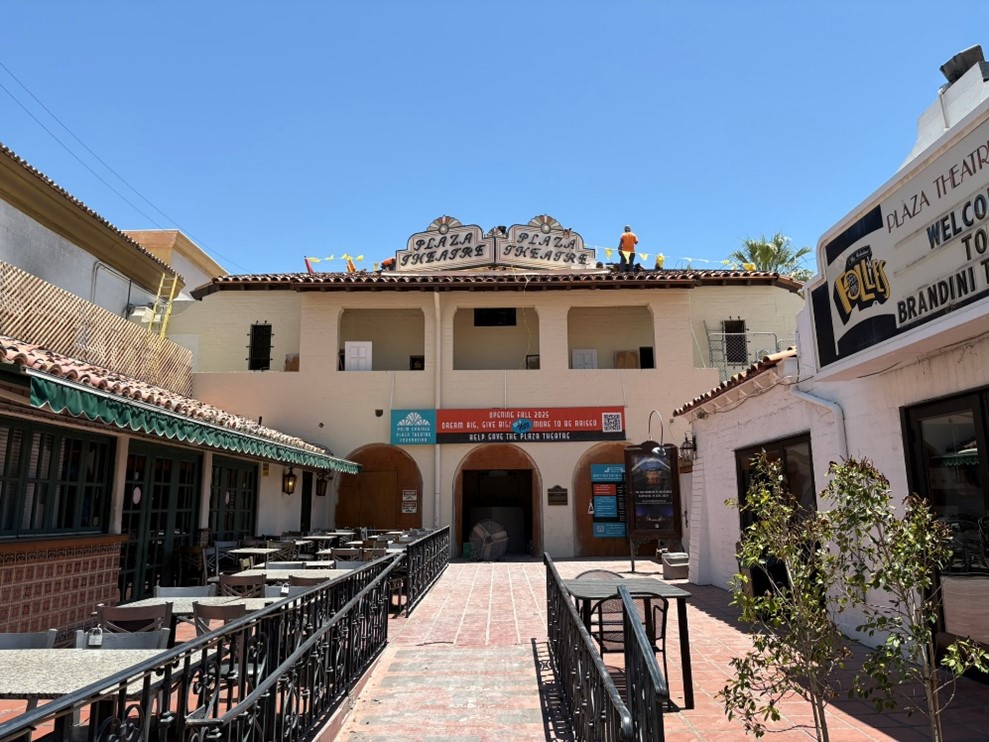 Plaza Theatre in downtown Palm Springs, was designed by architect Harry J. Williams and constructed in 1936. The building is an excellent example of a 1930s Spanish Colonial Revival atmospheric theater and is associated with the early twentieth century commercial development of Palm Springs. A venue for star-studded charity events and benefit shows, live theater and variety show performances, and several live-audience radio show recordings, the building is undergoing rehabilitation for use as a performing arts and motion picture theater, expected to be completed in October 2025.
Plaza Theatre in downtown Palm Springs, was designed by architect Harry J. Williams and constructed in 1936. The building is an excellent example of a 1930s Spanish Colonial Revival atmospheric theater and is associated with the early twentieth century commercial development of Palm Springs. A venue for star-studded charity events and benefit shows, live theater and variety show performances, and several live-audience radio show recordings, the building is undergoing rehabilitation for use as a performing arts and motion picture theater, expected to be completed in October 2025.
 Army and Navy YMCA was designed in the Mediterranean Revival style by Los Angeles architects Jay, Rogers & Stevens and constructed in 1926. The building has a rectangular plan around a central courtyard. Because of its large size, quality design, and prominent location on the Main Channel of the Port of Los Angeles, the building remains a strong visual architectural landmark in the San Pedro community of the City of Los Angeles. The property is associated with the expansion of the Young Men’s Christian Association throughout the United States in the post-World War I era, with the growth of the organization’s services targeted to military personnel, and with the growing importance of San Pedro as a military base and naval port between the two World Wars.
Army and Navy YMCA was designed in the Mediterranean Revival style by Los Angeles architects Jay, Rogers & Stevens and constructed in 1926. The building has a rectangular plan around a central courtyard. Because of its large size, quality design, and prominent location on the Main Channel of the Port of Los Angeles, the building remains a strong visual architectural landmark in the San Pedro community of the City of Los Angeles. The property is associated with the expansion of the Young Men’s Christian Association throughout the United States in the post-World War I era, with the growth of the organization’s services targeted to military personnel, and with the growing importance of San Pedro as a military base and naval port between the two World Wars.
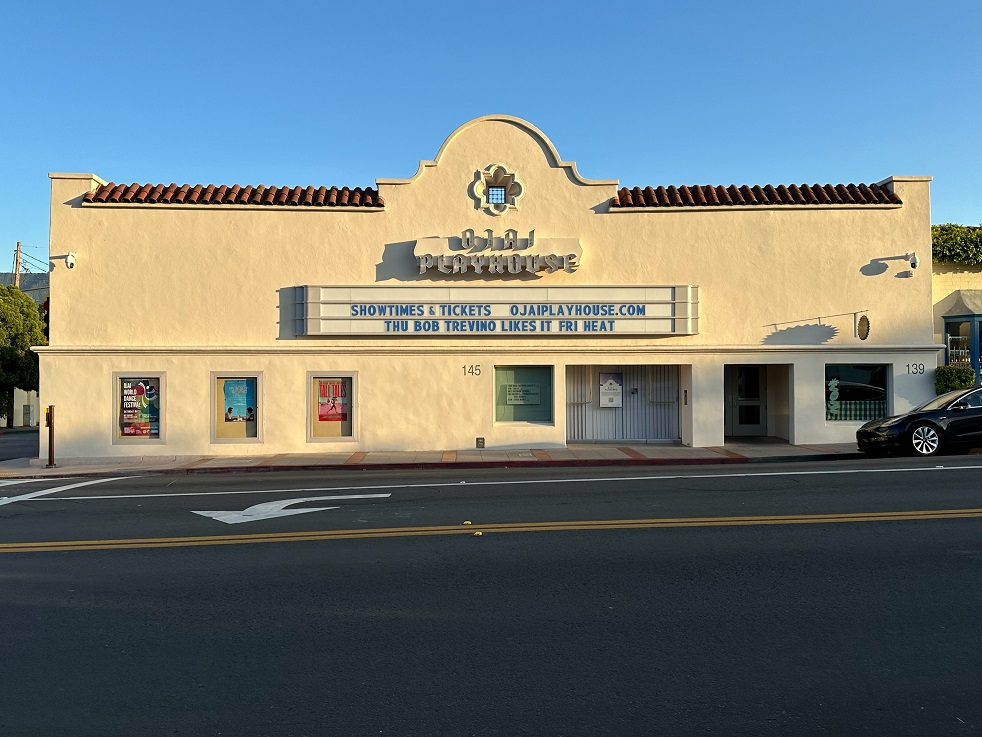 Isis Theater, located in Ojai, Ventura County, is a Mission Revival style storefront movie theater built in 1914 by early settler J.J. Burke, with a 1917 facade re-done by the firm of Mead and Requa. Used for films as well as vaudeville, musical performances, lectures, and newsreels. In 1926 the theater was purchased by Fred and Lida Hart, who were involved in the Theosophy movement, not long after the Theosophical Society had relocated their "Krotona" colony to Ojai. Leaders of the Society frequently attended the theater, and gave lectures there. The theater operated intermittently from 1930-1935 due to the Great Depression, when it was sold to Bill Swanson, who ran the theater through the Depression and World War II.
Isis Theater, located in Ojai, Ventura County, is a Mission Revival style storefront movie theater built in 1914 by early settler J.J. Burke, with a 1917 facade re-done by the firm of Mead and Requa. Used for films as well as vaudeville, musical performances, lectures, and newsreels. In 1926 the theater was purchased by Fred and Lida Hart, who were involved in the Theosophy movement, not long after the Theosophical Society had relocated their "Krotona" colony to Ojai. Leaders of the Society frequently attended the theater, and gave lectures there. The theater operated intermittently from 1930-1935 due to the Great Depression, when it was sold to Bill Swanson, who ran the theater through the Depression and World War II.
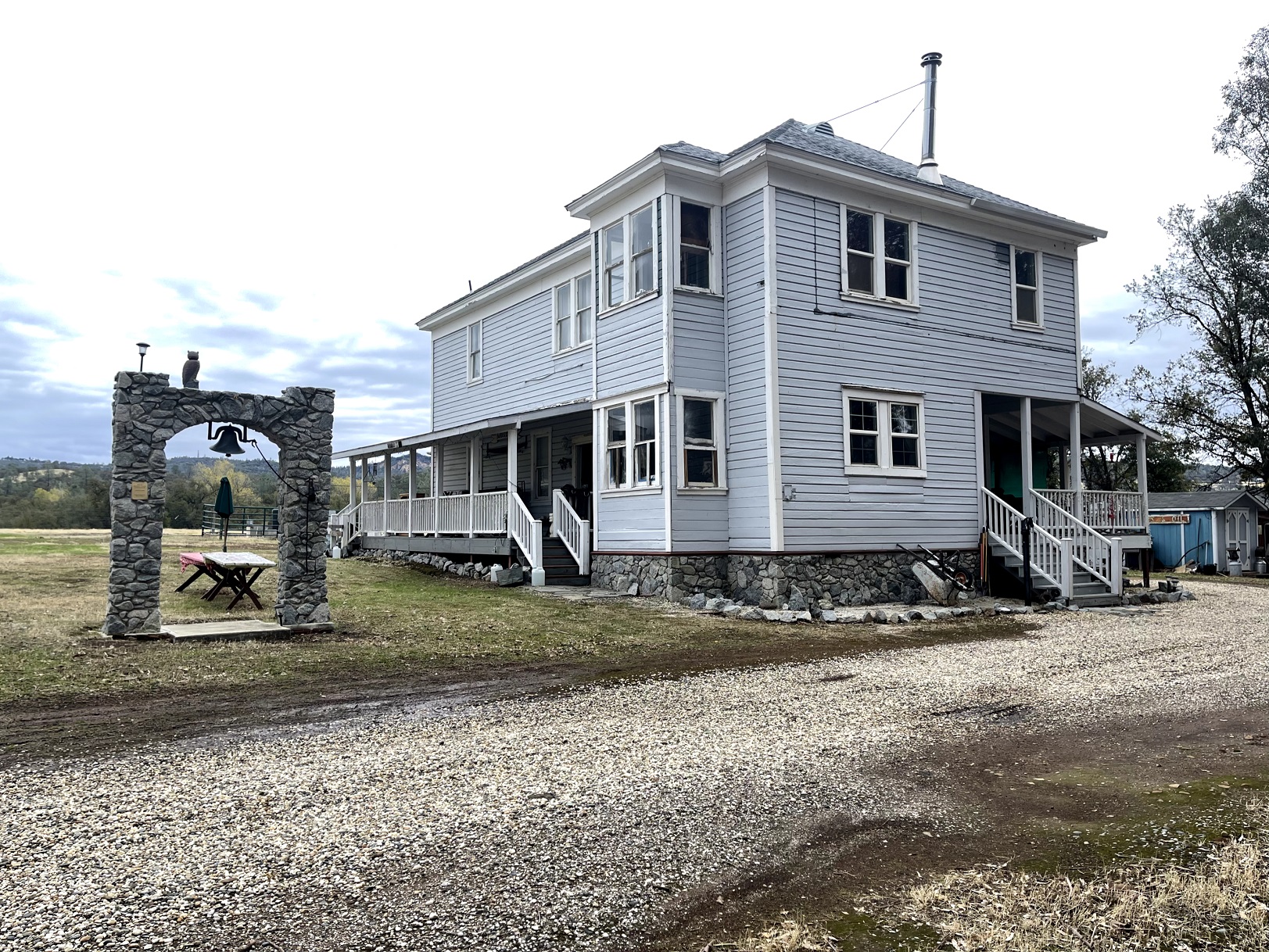 Pence Hotel is located in Butte County near Oroville, and is the only surviving building of the agricultural community of Pence, or Pentz, california. Built in 1901 after its predecessor burned down, this two-and-a-half story, wooden vernacular building was moved in the early 2000s to prevent its demolition. In addition to its role as a hotel, the building served as a Rural Free Delivery (RFD) post office.
Pence Hotel is located in Butte County near Oroville, and is the only surviving building of the agricultural community of Pence, or Pentz, california. Built in 1901 after its predecessor burned down, this two-and-a-half story, wooden vernacular building was moved in the early 2000s to prevent its demolition. In addition to its role as a hotel, the building served as a Rural Free Delivery (RFD) post office.
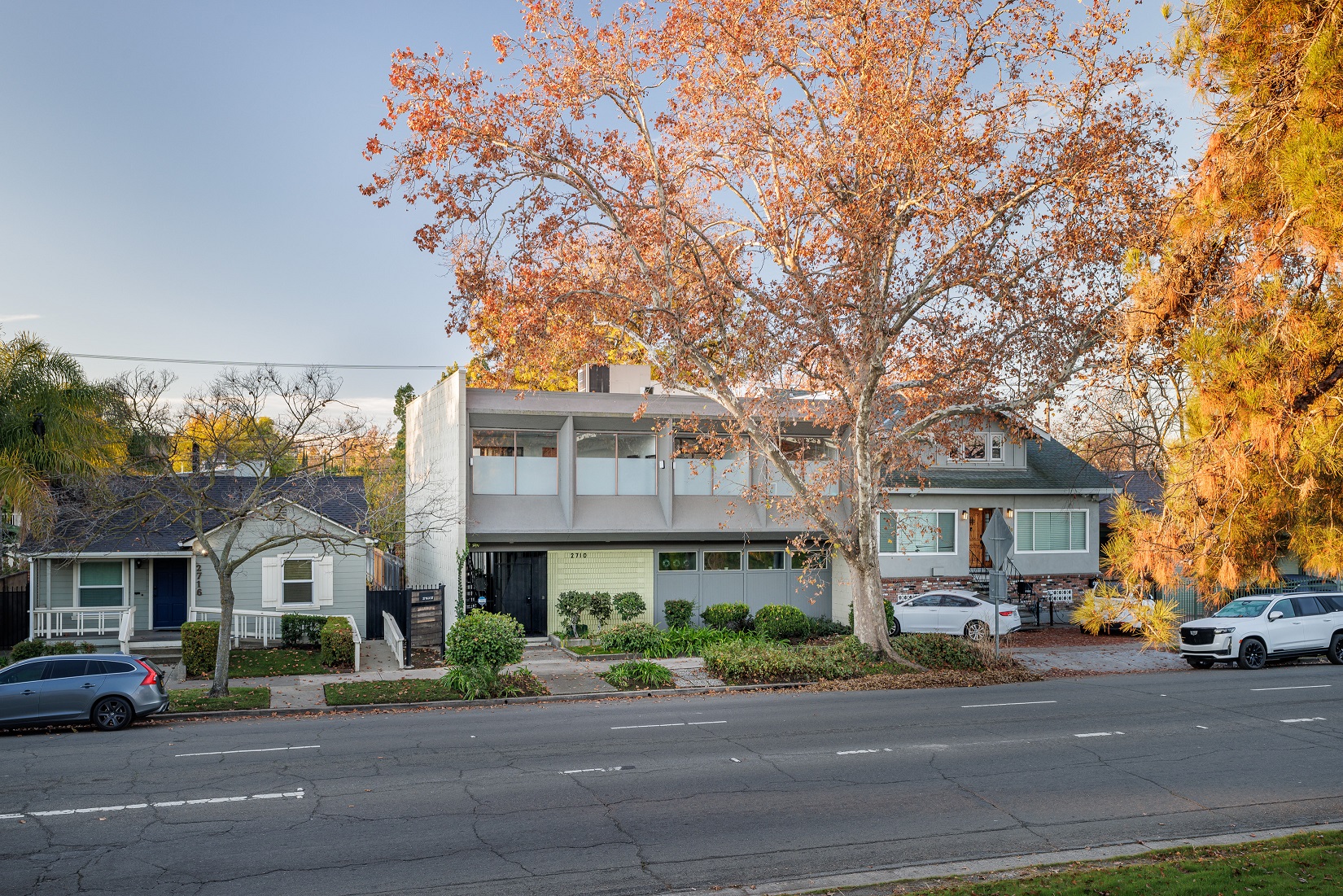 Dodd & Associates Offices (African Americans in California MPS) is a two-story office building built in 1971 and designed by Sacramento's first African American architect, James Dodd, for use as his own architecture office. The building is directly associated with Dodd due to its use as his office during the peak of his architectural career, and is a significant example of his work as an architect. It was designed to suit his needs as an architect, as well as the compact urban site where the building is located.
Dodd & Associates Offices (African Americans in California MPS) is a two-story office building built in 1971 and designed by Sacramento's first African American architect, James Dodd, for use as his own architecture office. The building is directly associated with Dodd due to its use as his office during the peak of his architectural career, and is a significant example of his work as an architect. It was designed to suit his needs as an architect, as well as the compact urban site where the building is located.
Properties nominated as California Historical Landmarks
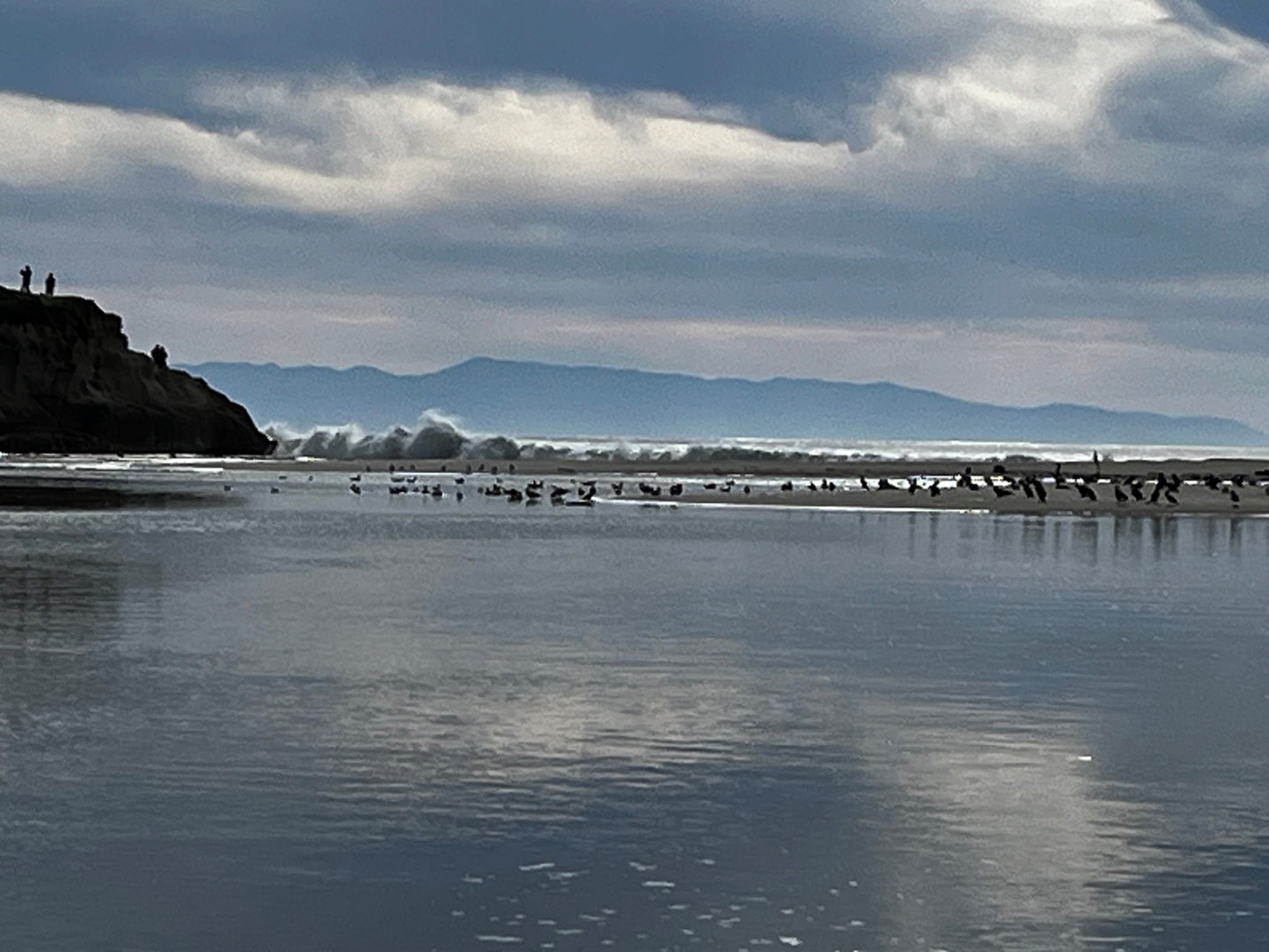 Three Princes’ Surf Site is located at the San Lorenzo Rivermouth, a surf break in Santa Cruz. The break is formed by the confluence of the San Lorenzo River and the northern water’s edge and shoreline of Monterey Bay, bounded in part to the west by Santa Cruz Main Beach (City of Santa Cruz) and to the east by Seabright State Beach (California State Parks). The site was the original location that surfing, as practiced by Native Hawaiian peoples, standing erect on a wooden board, was introduced to the continental United States in July 1885. Surfing caught on amongst Americans in Santa Cruz and has become strongly associated with the city and region. Santa Cruz has been designated as one of the most unique surf locations in the world based in part on this history.
Three Princes’ Surf Site is located at the San Lorenzo Rivermouth, a surf break in Santa Cruz. The break is formed by the confluence of the San Lorenzo River and the northern water’s edge and shoreline of Monterey Bay, bounded in part to the west by Santa Cruz Main Beach (City of Santa Cruz) and to the east by Seabright State Beach (California State Parks). The site was the original location that surfing, as practiced by Native Hawaiian peoples, standing erect on a wooden board, was introduced to the continental United States in July 1885. Surfing caught on amongst Americans in Santa Cruz and has become strongly associated with the city and region. Santa Cruz has been designated as one of the most unique surf locations in the world based in part on this history.
The next State Historical Resources Commission meeting is scheduled for Friday, November 7, 2025. Nominations to be heard on the November 7, 2025 agenda will be posted after August 29, 2025.
